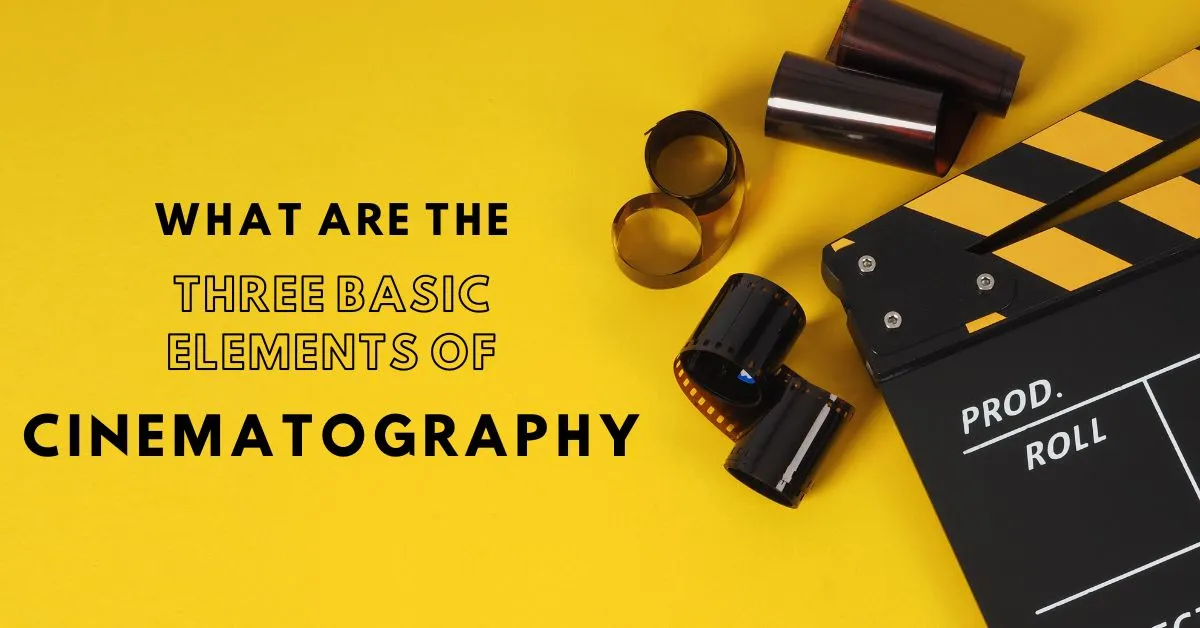


24, Aujust 2023
Cinematography is the magical art of capturing visual stories on film or digital media. It's the language through which filmmakers convey emotions, narratives, and messages. At the heart of cinematography are three fundamental elements that shape every frame and scene. In this blog, we'll delve into these essential components that bring the world of movies to life.
Imagine a movie screen as a canvas, and the frame as the artist's frame. Framing is the intentional arrangement of visual elements within the frame, defining what the audience sees. It's not just about pointing a camera at the subject; it's about telling a story visually.
Lighting is the cinematographer's paintbrush, and color is their palette. These two elements work in tandem to set the mood, evoke emotions, and create visual aesthetics.
Camera movement adds a dynamic dimension to storytelling, guiding the audience's perspective and emotional connection with the narrative.
Understanding these three basic elements is the key to unlocking the visual storytelling potential of cinematography. Filmmakers use framing and composition to guide the viewer's eye, lighting and color to set the tone, and camera movement to create immersive experiences. Cinematography is a symphony of choices that contribute to the emotional impact of every scene, inviting audiences into the world of the story.
In conclusion, the art of cinematography transforms moving images into a language that transcends words. As you watch your favorite films, pay attention to how these elements work harmoniously to create the magic that unfolds before your eyes. Whether it's the framing of a poignant moment, the interplay of light and shadow, or the subtle movement of the camera, these fundamental aspects are the building blocks of cinematic artistry.